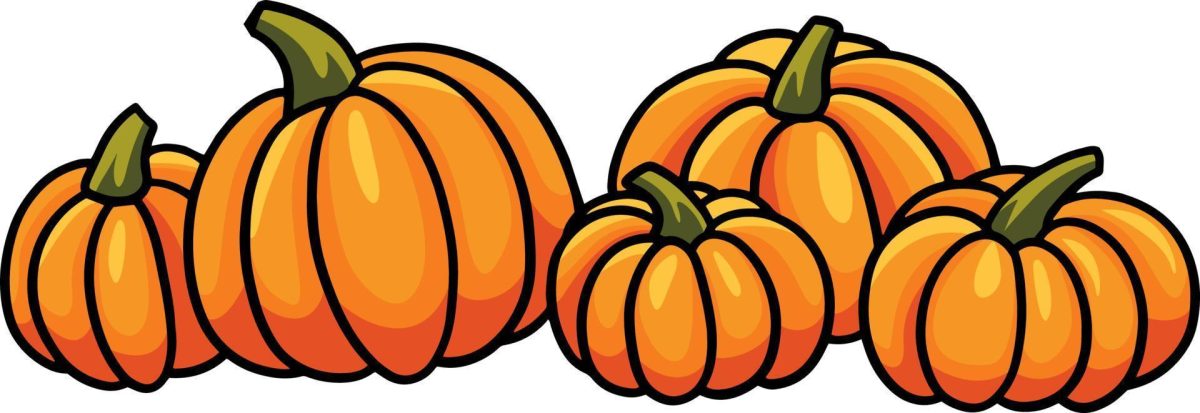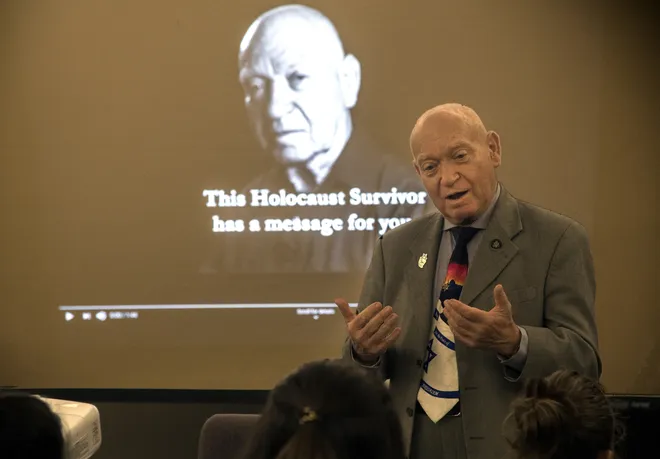Picture this, it’s an autumn night in October. You and your friends are in matching costumes, all going together to knock on the door of any house you can see to get your favorite candies. Wherever you look, there seems to be children everywhere doing the exact same thing as you. Laughter rings in your ears, the feeling of your shoes tapping onto the concrete sidewalk tingles in your feet, you can smell the nice autumn breeze, and you can taste the m&m’s you ate earlier. Welcome to the wonderful holiday of Halloween.
Halloween is one of the most well known and celebrated holidays to ever exist, only second to Christmas. In the modern day, this event is popularized for its Trick or Treating and unique costumes which allow people to express themselves on this special holiday. It’s also familiarized with autumn and anything considered frightening by the public such as skeletons, zombies, mummies, or witches. However, Halloween wasn’t always the event people experience today. It has a long history dating back to the Celtics in 1200 BCE Central Europe under the name of Samhain (pronounced saa-wn).
The Traditions of Samhain
Samhain was originally a festival that marked the ending of October and the beginning of winter. The Celtics believed that during this period of time, the barrier between the world of the living and the world of the dead was the thinnest. This festival was not well documented, however, what we know about their previous traditions from secondary sources is that they prepared for the winter in what we know today as bonfires. During this, it was said they would gather their communities and hold a large feast where the deceased would come to visit or mythical creatures such as fairies, elves, and evil spirits. Sometimes, these visitors were not always welcoming and ghosts who were wronged would come back to seek vengeance. To evade these spirits, they would cover their faces in ashes.
The Beginning of All Hallows’ Eve
Pope Gregory the third wanted to distract the communities from Samhain’s spiritual practices which they strongly disliked so he moved the Christian holiday of All Saints’ Day also known as All Hallows’ Day to November 1st which was purposed for honoring all saints. The Europeans were torn as they enjoyed both Samhain and All Hallows’ Day so they came to a compromise to merge both traditions into what’s known as All Hallows’ Eve.
How It Became Modern Day Halloween
Transitioning over to the around 19th century, an influx of immigrants came to America after escaping the Potato Famine of 1845 in the hopes to begin a new life in America. With this blend of cultures came adjustments to the holiday. Instead of covering their faces in ashes, they would wear costumes. Bonfires became Jack O’ Lanterns. The history of Trick or Treating is still unclear but it is believed to come from Souling where people would go door to door, praying for their deceased loved ones in exchange for food to eat.
Halloween is a holiday that has more depth than just sour candy and dressing up as your favorite characters. Halloween is a holiday deeply rooted into various cultures and it’s comforting to know that Halloween has so much diversity yet it’s celebrated among all. It’s a tradition that transcends time and no matter where you are in the world, Halloween is a holiday that will never die.
Sources:
- Joshua J. Mark. “History of Halloween”. World History Encyclopedia. World History Publishing Ltd, October 21st 2019. https://www.worldhistory.org/article/1456/history-of-halloween/. Accessed October 4th 2025.
- “Haunted History of Halloween”. History. https://www.history.com/videos?watch=haunted-history-of-halloween








